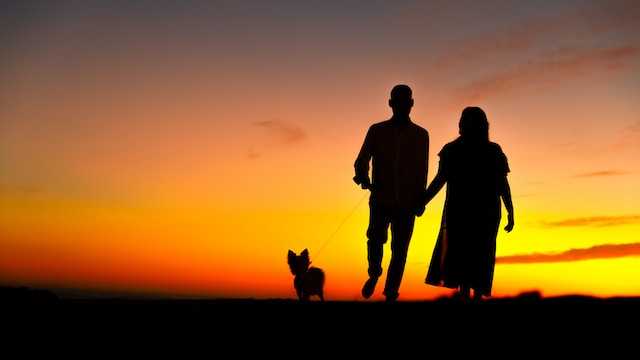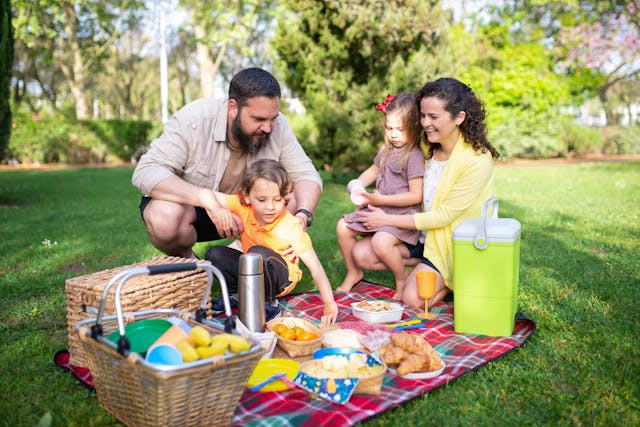Australians are being urged to hop on a bike, go for a walk, or catch trains and buses three times more often to cut transport pollution to a sustainable level.
A Climate Council study, called Shifting Gear: The Path to Cleaner Transport, made the prediction after investigating four scenarios including taking no action, which it forecast would result in pollution rising by more than third in 2030.
But convincing Australians to get out of their car and on to a bike would take more than education, the report found, with its authors advocating for bigger investments in electric public transport, bicycle lanes, pedestrian crossings, and other infrastructure.
The report’s release comes one month after the federal government launched its National Electric Vehicle Strategy that outlined plans to boost adoption of zero-emission vehicles and introduce a cap on vehicle pollution.
Transport is Australia’s third-largest source of carbon emissions at 19 per cent.
The report found Australians would need to take 3.5 times as many trips on public transport and triple their number of journeys by foot and bicycle to cut transport emissions by the recommended level of 75 per cent in 2030.
This scenario, which the report called “transformational and equitable”, also estimated 20 per cent of all car trips would be made with an electric vehicle and cars would make up 36 per cent of all travel, compared to 81 per cent now.
By comparison, if Australians did not change the way they travelled, the report found pollution from transport would rise by 34 per cent.
Climate Council advocacy head Jennifer Rayner said the modelling showed electric vehicles had a role to play in cutting transport emissions but should not be the only change employed.
“There’s been a lot of focus on increasing uptake of electric vehicles as a solution but rapidly cleaning up transport calls for a bigger re-think on how we move around,” Dr Rayner said.
“We recognise that active and public transport isn’t going to be the answer for every single trip that everyone makes through the week but it’s a strong opportunity to start incorporating those changes over time.”
Dr Rayner said an ideal scenario would see two-car households consider replacing one with an electric vehicle and the other with a bicycle, a walk or trips on the bus, ferry, tram and train.
The study also recommended governments boost spending on public and active transport infrastructure, consider introducing congestion charges for private cars, electrify pubic transport by 2035, and introduce fuel-efficiency standards to help more Australian access electric vehicles.
We Ride national advocacy director Stephen Hodge said in addition to infrastructure investment, the federal government should consider incentives or tax subsidies for electric bicycles “just as they’re doing for electric vehicles” to help Australians cut emissions faster.
“Around half of all trips in Australia every day are just five kilometres or less,” he said.
“These are distances that we could be achieving quickly and often faster on bikes than in cars.”
Jennifer Dudley-Nicholson
(Australian Associated Press)





